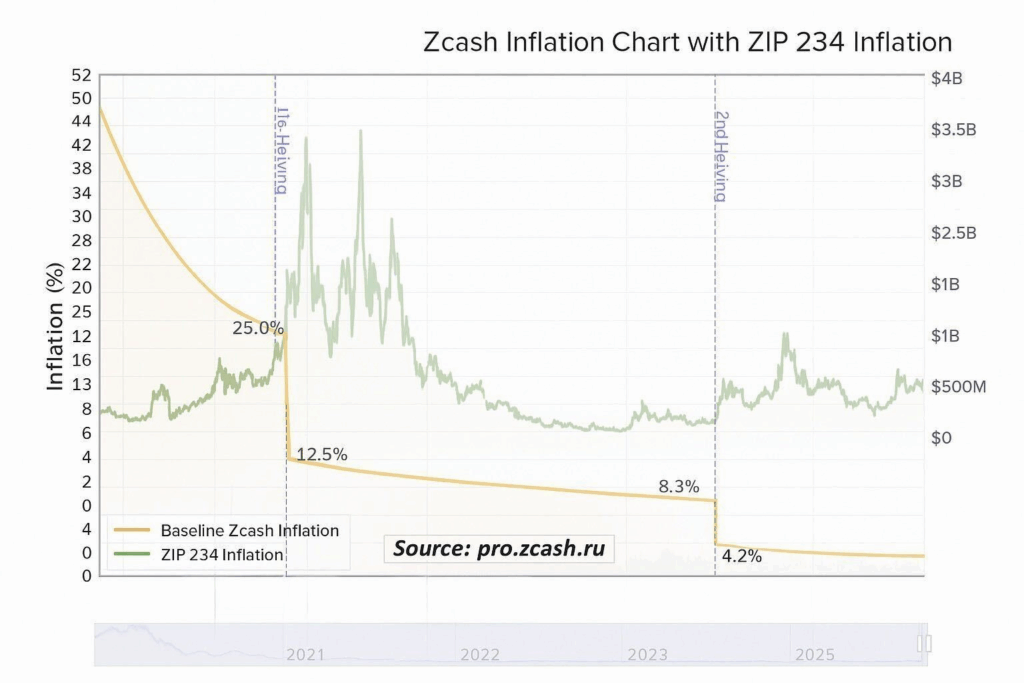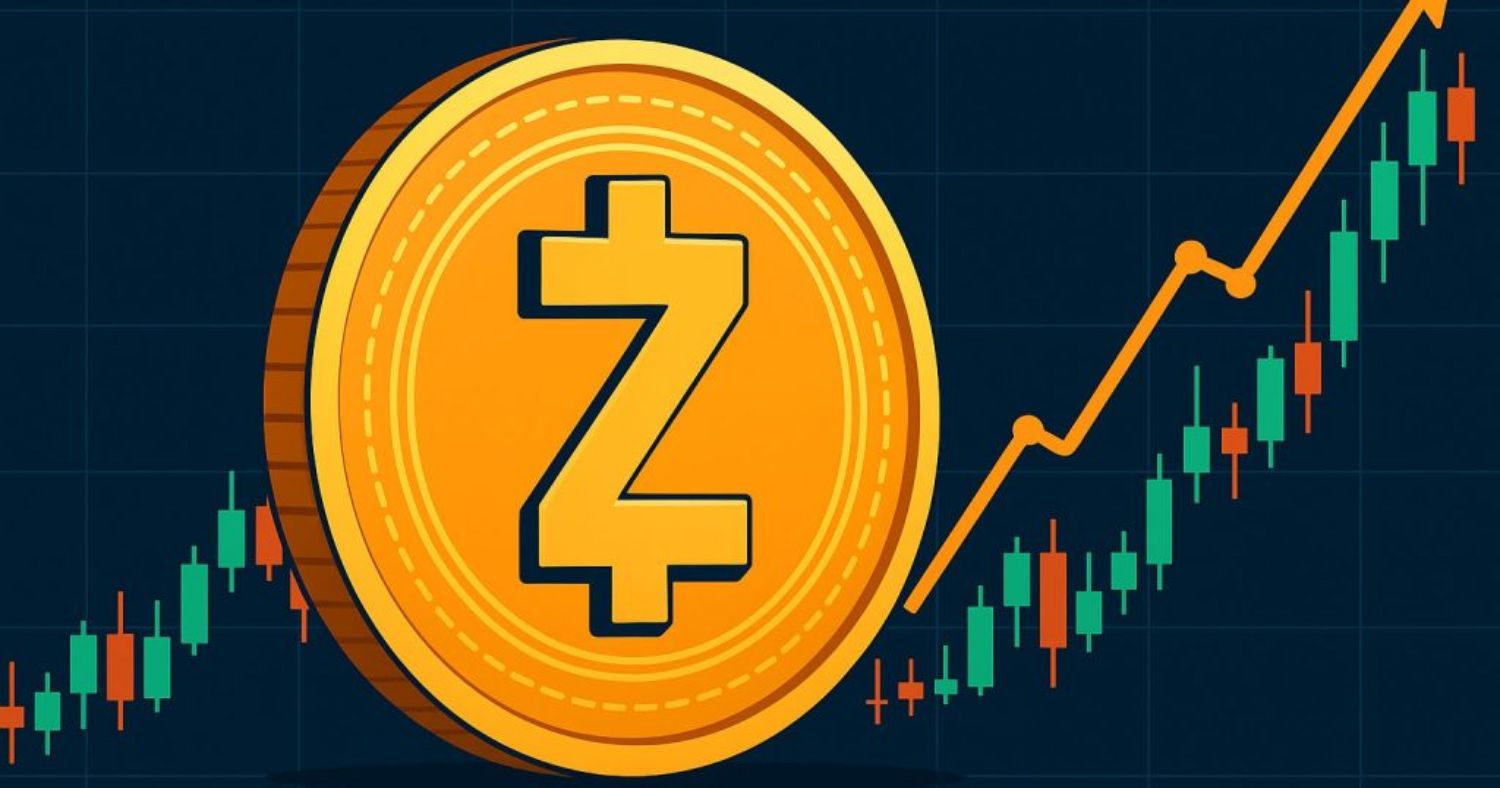Zcash has emerged from the shadows of crypto’s privacy coin graveyard with an explosive 740% price surge in 2025, reigniting a debate that cuts to the heart of digital asset markets: what distinguishes genuine technological momentum from coordinated promotional campaigns?
The controversy erupted on X when infrastructure developer Mert Mumtaz fired back at critics alleging paid promotion. His caustic response highlighted the absurdity of conspiracy theories: “There’s a person in crypto so rich that they are simultaneously paying off Cobie, Naval Ravikant, Balaji Srinivasan, me, Tim Ferris, Arthur Hayes, Gainzy, path, Ansem, the Winklevoss Twins, Toly and more.” His broader point struck deeper—retail investors struggling with FOMO often prefer elaborate narratives over acknowledging missed opportunities born from emotional decision-making.
The Technical Foundation Behind the Move
Beyond social media drama lies a substantive technological evolution. Zcash’s engineering roadmap has matured from experimental cryptography into production-grade infrastructure. Project Tachyon, led by researcher Sean Bowe, introduces oblivious synchronization—a protocol that enables wallets to sync shielded notes without metadata leakage. This advancement dramatically reduces latency while making large-scale privacy-preserving transactions commercially viable.
The Zashi wallet represents a critical UX breakthrough, abstracting complex shielding flows into intuitive interfaces that default to private transactions. Market data supports this shift: shielded supply has climbed from low single-digit percentages to approximately 30% of circulating ZEC, according to Galaxy research.
Monetary policy changes have eliminated the “brutal inflation” that plagued earlier iterations. The issuance reduction addresses a fundamental tokenomics flaw that long suppressed price appreciation, creating a more favorable supply-demand dynamic.
The Political Economy of Privacy
Timing matters in markets. Zcash’s resurgence coincides with deteriorating global financial privacy conditions. Europe’s advancing surveillance framework and increasingly institutionalized Bitcoin have created demand for alternatives that preserve transactional anonymity. Naval Ravikant’s October framing—”Bitcoin is insurance against fiat. ZCash is insurance against Bitcoin”—distilled this positioning into a viral meme that catalyzed immediate price doubling.
Jordan Fish, known as Cobie, pushed back against allegations of sudden opportunism by surfacing a 2017 tweet expressing long-term ZEC conviction. His defense centered on verifiable developments: Project Tachyon’s technical elegance, fixed inflation mechanics, and functional NEAR protocol integration enabling permissionless cross-chain swaps.

Source: @cobie on X
Integration and Scalability
NEAR Intents transform ZEC into what advocates describe as a “shielded swiss vault” for one-click cross-chain payments. This interoperability infrastructure addresses a persistent pain point in privacy coin adoption—the friction of moving between ecosystems while maintaining anonymity. Zero-knowledge technology has matured from theoretical promise to production deployment, with Project Tachyon targeting 100x scaling improvements.
Market Psychology Meets Real Progress
The Zcash debate exemplifies reflexive market dynamics where genuine fundamentals collide with amplification mechanics. Concrete improvements in issuance, user experience, and scalability have created a defensible fundamental case. High-profile endorsements compressed years of potential revaluation into weeks, triggering the pattern recognition and narrative-seeking behavior inherent to speculative markets.
Skeptics questioning whether prominent investors received compensation miss the forest for the trees. Whether influence operates through direct payment, aligned incentives, or organic conviction matters less than whether underlying technological claims withstand scrutiny. The evidence suggests they do.
The current cycle demonstrates how quickly assets written off as obsolete can reclaim relevance when regulatory climate, technical capability, and market psychology align. As ZEC trades at $682, the privacy coin has transitioned from cautionary tale to battleground for competing visions of crypto’s future.
What distinguishes this rally from pure speculation remains contested, but the convergence of deteriorating global privacy conditions with maturing zero-knowledge infrastructure suggests Zcash’s resurgence reflects more than promotional coordination. The real test lies ahead—whether engineering substance can sustain price momentum once the novelty of rediscovery fades.
Disclaimer: This article is provided for informational purposes only and does not constitute financial advice. Investors should always conduct their own thorough research and consult with a qualified financial advisor before making any investment decisions in cryptocurrencies, which are highly volatile and speculative assets.
You might be interested in




